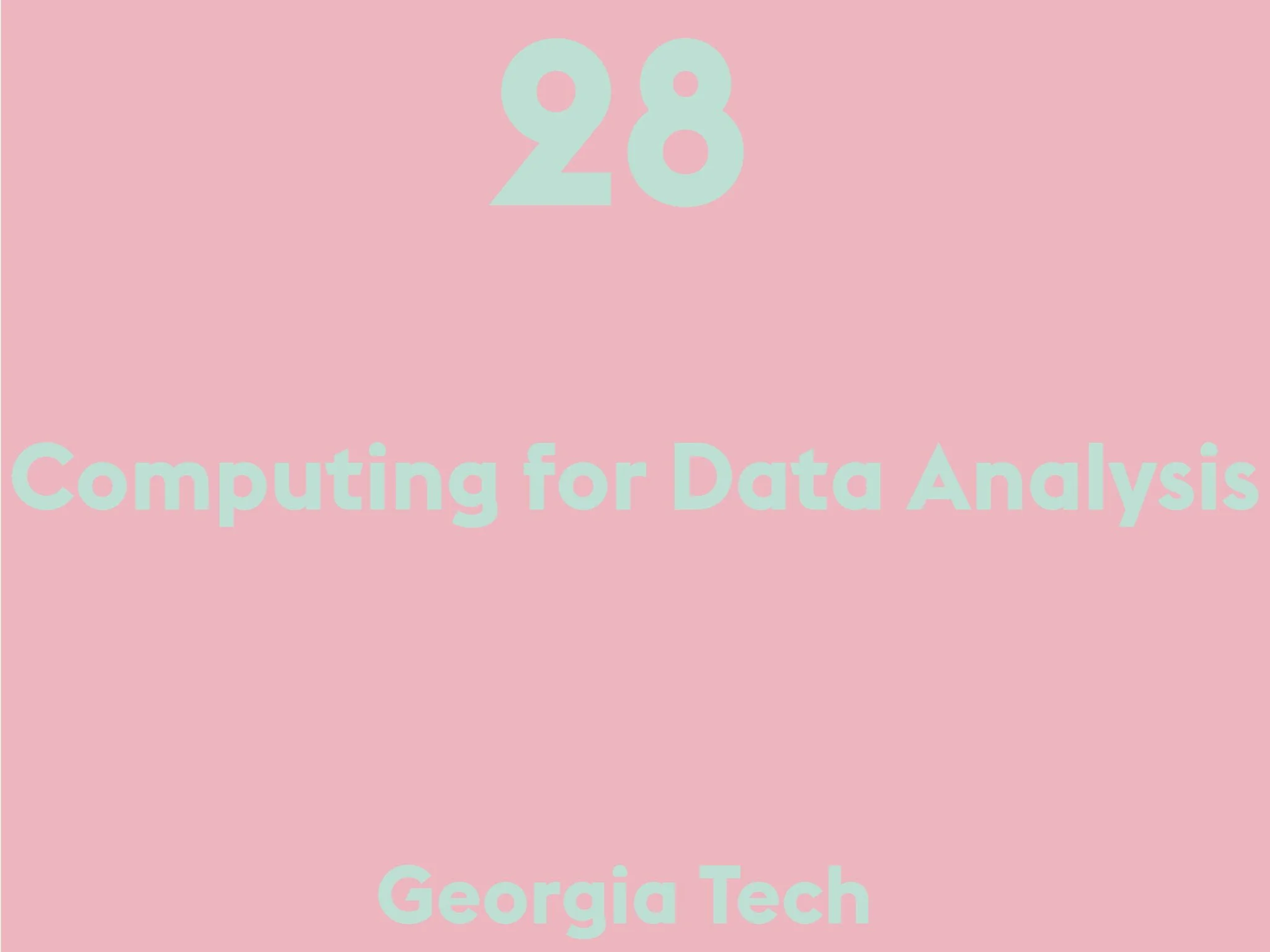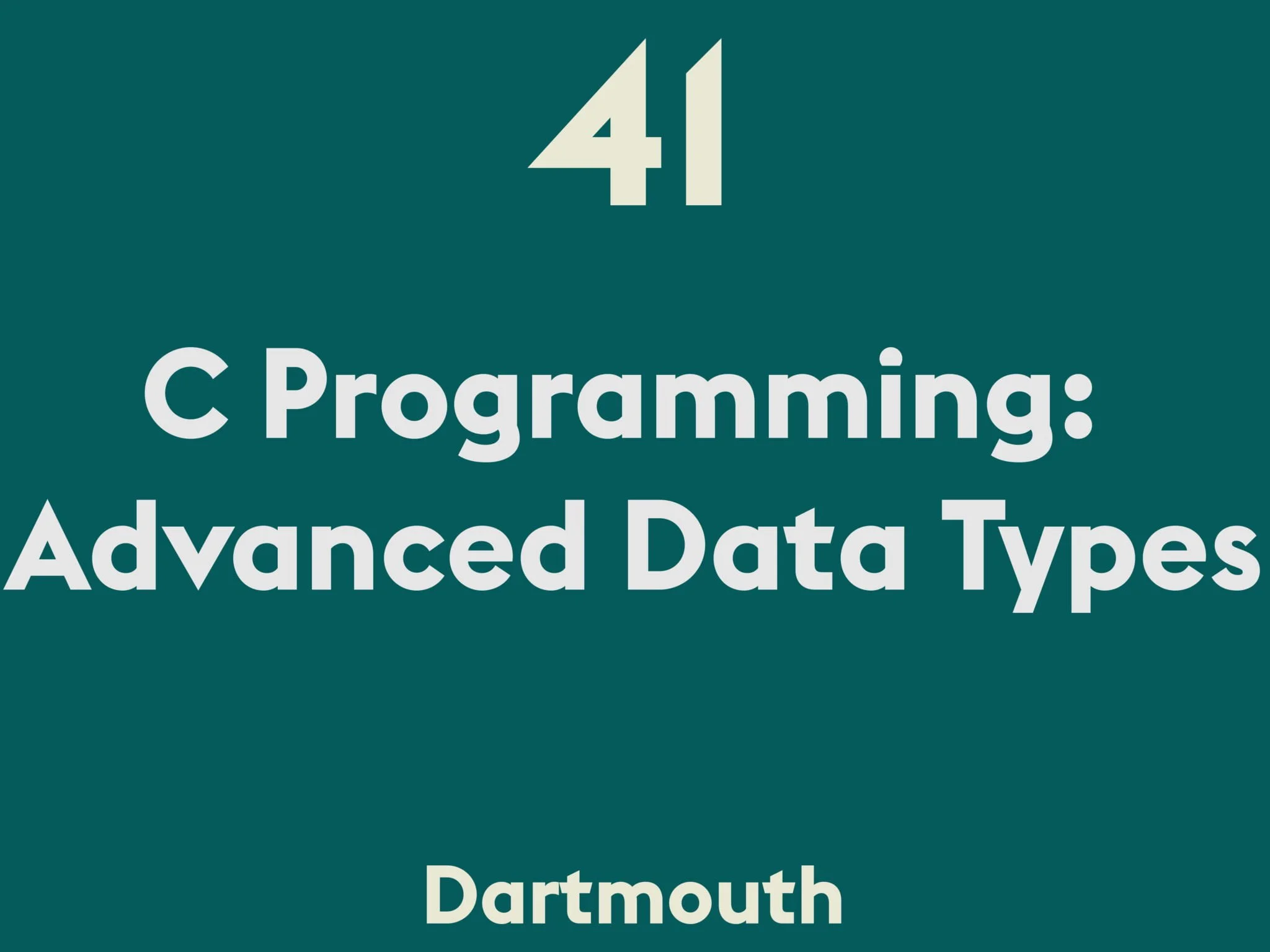Useful quantitative models help you to make informed decisions both in situations in which the factors affecting your decision are clear, as well as in situations in which some important factors are not clear at all. In this course, you can learn how to create quantitative models to reflect complex realities, and how to include in your model elements of risk and uncertainty. You’ll also learn the methods for creating predictive models for identifying optimal choices; and how those choices change in response to changes in the model’s assumptions. You’ll also learn the basics of the measurement and management of risk. By the end of this course, you’ll be able to build your own models with your own data, so that you can begin making data-informed decisions. You’ll also be prepared for the next course in the Specialization.

Computing for Data Analysis
The modern data analysis pipeline involves collection, preprocessing, storage, analysis, and interactive visualization of data. The goal of this course, part of the Analytics: Essential Tools and Methods MicroMasters program,…









